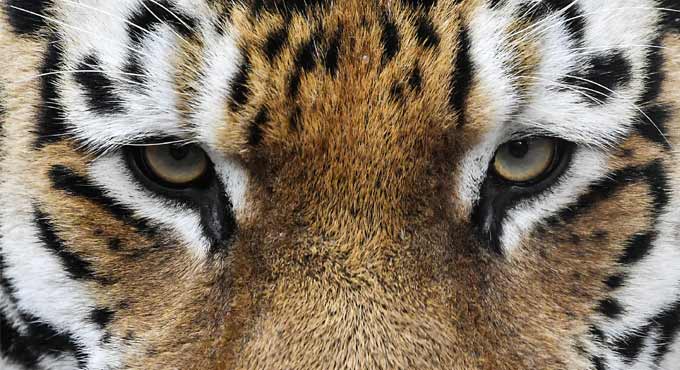 |
| A female Javan leopard in Tierpark Berlin. |
A recent paper published in the Nature Conservation has shown that Indonesia has a serious illegal trade in two regional big cat species: the Javan leopard and the Sunda clouded leopard. Both the species are already facing extinction, especially that the trafficking of the cats remains a widely overlooked problem. In the paper, researchers gathered 41 records of leopard parts or living animals confiscated by authorities between 2011 and 2019. Much of the data and information collected came from media reports, published literature, and the Indonesian government's open-access court case database. The researchers estimated that the products of these confiscations represent about 83 animals, consisting of 51 Javan leopards and 32 Sunda clouded leopards. Majority of the seizures occurred within Indonesia, but the authors identified three international shipments that originated from Indonesia: one to the United Kingdom, one to Kuwait, and one to Russia. Despite rigorous protections for both the species under the local law and international governance, only 20 prosecutions were recorded in the paper. Of those, the lengthiest sentence was two years and a fine equal to $3,550; most sentences were around one year or less, with fines.
 |
| Sunda clouded leopard |
I cannot express how disappointing it is to see how Indonesia's leopard species are tremendously suffering from the illegal wildlife trade. What is more frustrating is that law enforcement agencies, prosecutors, police, and even judges think that the crimes committed against these cats are not so big of a deal. Instead, they are very much focused on the plight concerning more charismatic species like the orangutan and the Sumatran tiger. These are the words of Iding Haid, a clouded leopard researcher and forest ecosystem specialist at Kerinci Seblat National Park on the island of Sumatra. He also suggested that workshops and on-the-job training need to be conducted to help law enforcement understand the significance of prosecuting wildlife crimes. This includes stiffer sentences and fines to those convicted of smuggling Indonesia's wildlife. I strongly urge the government of Indonesia to understand the importance of lesser known species like Javan leopards and Sunda clouded leopards in order to protect the country's wildlife. Attention should never be limited to flagship species like tigers, orangutans, elephants, and rhinos. Lesser known species also play an important role in the ecosystems of Indonesia. The Javan leopard is the only powerful predator now living on Java after the Javan tiger became extinct. It is on the precipice of extinction and it is vitally important that it should be under full protection for the ecological betterment of Java. The Sunda clouded leopard is known for being genetically distinct from the mainland clouded leopard. It specializes in preying on monkeys, deer, and wild pigs especially in Borneo which doesn't have tigers or leopards. The findings in this paper should serve as a wake-up call for Indonesia to change its attitudes towards lesser known species and that they are given the same level of attention as flagship species with respect to conservation. Furthermore, the public needs to be made aware about lesser known species and not just flagship species and why they are important for the ecological betterment of the country.


